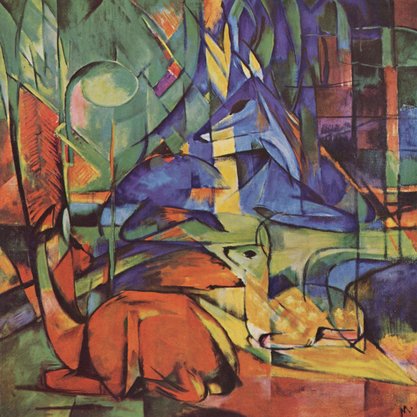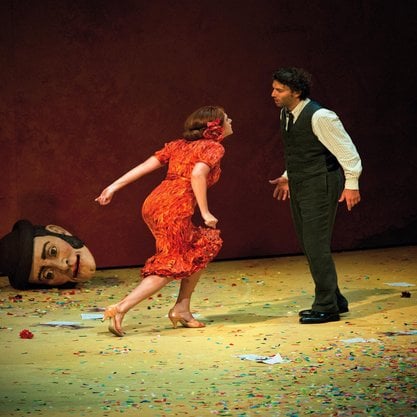Article
Modernist Shakespearean Cinema By Sapra, Rahul
Article
From the moment of its birth cinema generated its own forms of Shakespeare. About 400 Shakespearean films were produced during the silent era, even though many of these were just short charades dealing with significant scenes from his plays. Shakespearean films were produced and shown both in Europe and the USA. The film d’art and film d’arte movements promoted Shakespeare in France and Italy. In the 1920s the talkies gave new life to the Shakespearean text by taking up the challenges of its language. A series of influential talkies were made in the 1930s, but Laurence Olivier’s modernist films were perhaps the first to capture the magic of Shakespearean drama on screen. Olivier’s Henry V (1944) is influenced by the formidable modernist filmmaker Sergei Eisenstein, while his Hamlet (1948) uses impressionistic visuals to complement his Freudian reading of the play. Orson Welles’s Macbeth and Othello are heavily influenced by German Expressionism. Akira Kurosawa’s Throne of Blood (1957) combines Noh theatre and cinema to situate Macbeth in medieval Japan. Grigori Kozintsev uses modernist film styles in Hamlet (1964) and King Lear (1971) to comment on the political realities of Russia.




